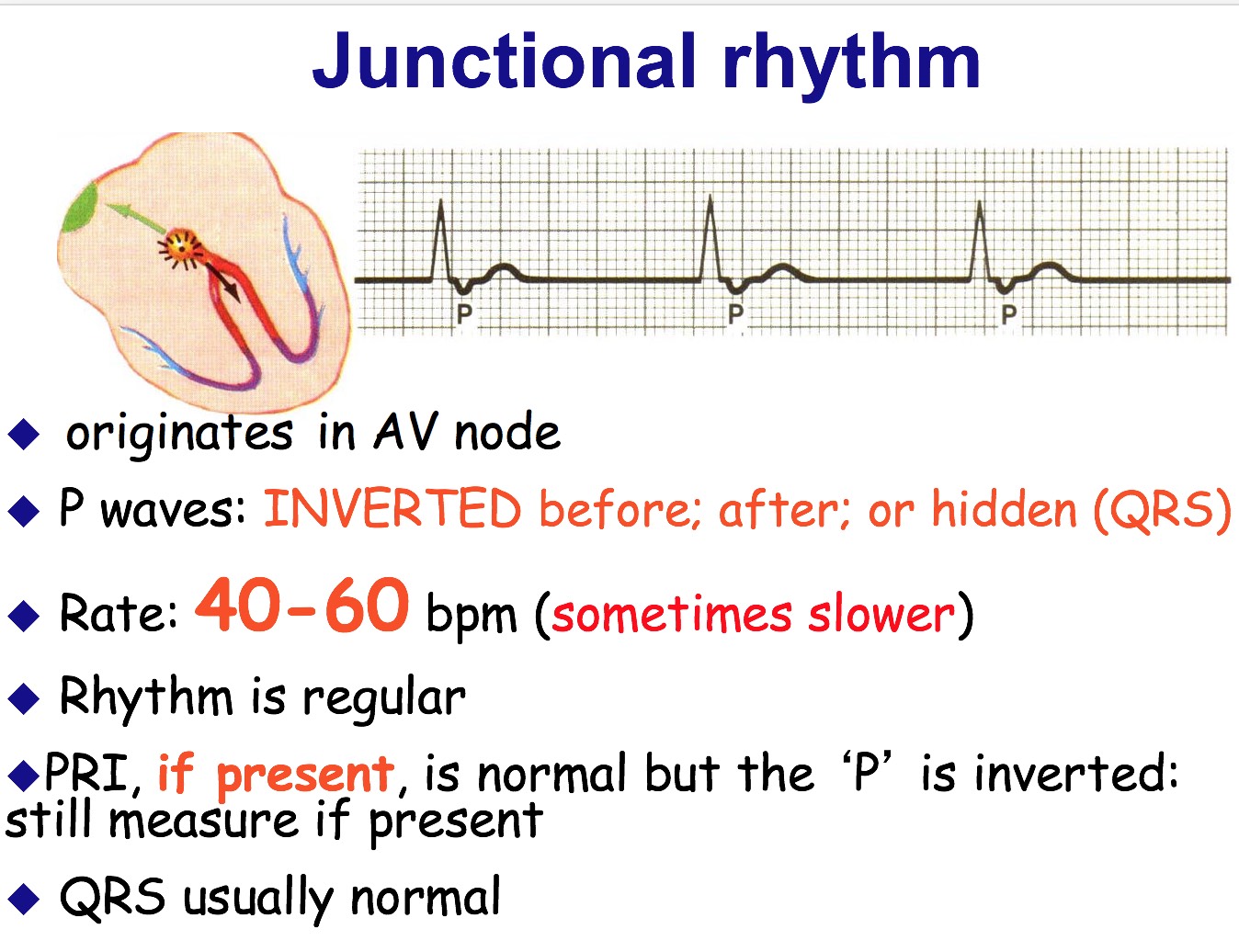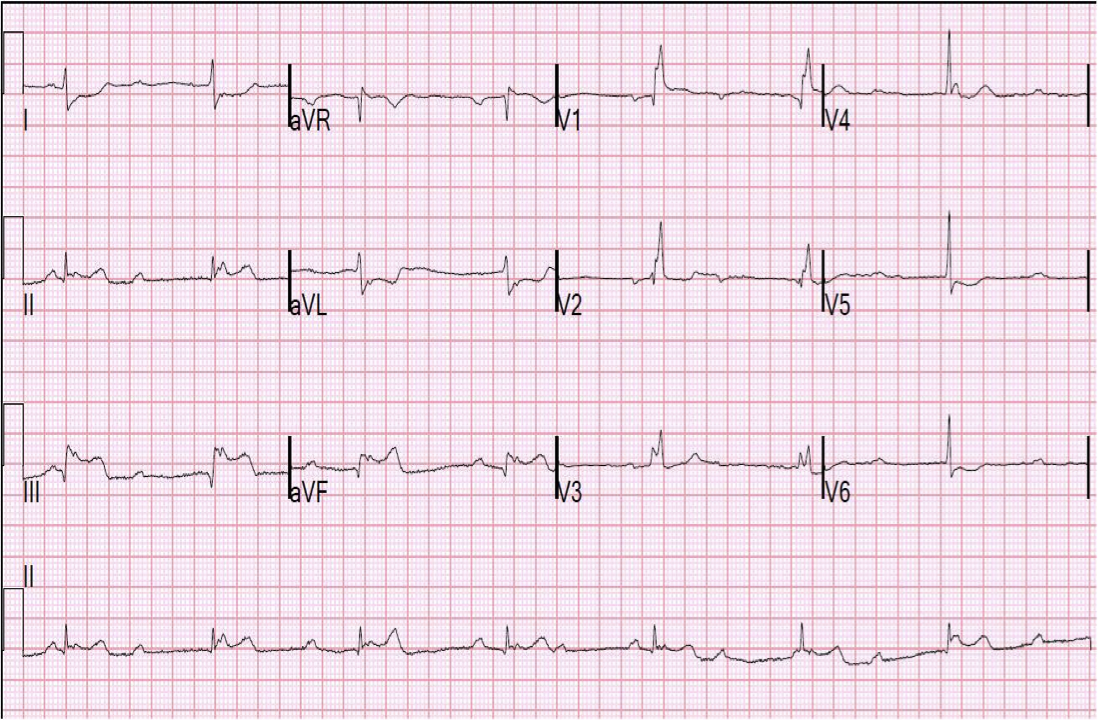

Although quetiapine is considered relatively safe in the elderly population, it should still be used discreetly, especially in those with concomitant cardiovascular diseases. Since quetiapine possesses α 2-affinity, this receptor upregulation in the brain stem may induce bradycardia and hypotension at the same time. We believe that the lack of β-adrenergic affinity causes a sympatholytic effect that is exerted from the central instead of the peripheral system. Another hypothesis suggests that α 1-adrenergic antagonism with peripheral vasodilatation causes postural hypotension and compensatory tachycardia. One hypothesis suggests that central administration of 5-HT can cause bradycardia or tachycardia and hypo- or hyper-tension mediated by activation of 5-HT 1A and 5-HT 2 receptors. Quetiapine is a selective antagonist with high affinity for dopaminergic (D2), serotoninergic (5-HT 2A, 5-HT 2C), histaminergic (H 1), muscarinic (M 1, M 3), and adrenergic (α 1, α 2) receptors and a 5-HT 1A receptor (partial) agonist. To our knowledge, this is the first Asian case of a quetiapine-induced junctional rhythm. We did not rechallenge with quetiapine to prove its effects because of the documented cardiovascular side effects of quetiapine.įigure 1: A standard 12-lead electrocardiogram showing junctional rhythmįigure 2: A standard 12-lead electrocardiogram showing junctional rhythmįigure 3: A standard 12-lead electrocardiogram showing normal sinus rhythm with inverted T waves in the precordial leads He was discharged with stable mental and cardiac conditions.

The follow-up serum cardiac enzymes were all within normal limits, and the ECG continued to reveal junctional rhythm until 4 days after the event when it returned to normal sinus rhythm. Examination revealed a regular, slow pulse rate (50 bpm), and low blood pressure (90/60 mmHg) without orthostasis. The newly-added medication was highly suspected as being the cause of this condition, and consequently, quetiapine was immediately stopped from the same day.
TREATMENTS FOR JUNCTIONAL ESCAPE RHYTHM SERIAL
Serial ECGs were obtained on a daily basis and. Serum chemistries and cardiac enzymes, including creatinine kinase, creatinine kinase-muscle/brain, and troponin-T were all within normal limits. The electrocardiogram (ECG) recording revealed junctional bradycardia. A routine examination by the treating physician revealed bradycardia and was therefore referred to us.

,, The aim of this report is to highlight the cardiac effects of newer neurolepts and to discuss the mechanism therein.Ī 65-year-old male patient with the bipolar affective disorder was initiated on quetiapine for manic episodes. Quetiapine can cause QT interval prolongation and cardiac arrhythmias. Due to co-existing comorbidities (diabetes, hypertension, and cardiac disease), the elderly population is particularly prone to these effects. The sudden onset of cardiac abnormality is particularly considered a life-threatening side effect. Quetiapine is currently the most commonly used second-generation antipsychotic for the treatment of dementia and psychological symptoms in the elderly. Quetiapine induced reversible junctional rhythm.
TREATMENTS FOR JUNCTIONAL ESCAPE RHYTHM HOW TO
How to cite this URL: Kulkarni SK, Bhiarappa S. How to cite this article: Kulkarni SK, Bhiarappa S. Keywords: Junctional rhythm, quetiapine, second-generation antipsychotic We report a case of a 65-year-old male who experienced junctional rhythm during the treatment of his acute manic episode with quetiapine and returned to normal sinus rhythm after discontinuing the medication. However, several case reports have revealed the arrhythmogenic effect of these drugs as well as orthostatic hypotension, especially in those receiving cardiac medications. These drugs have gained popularity owing to their fewer side-effect profiles. Selective serotonin receptor inhibitor antidepressants and new antipsychotics were introduced to overcome the toxicity of older generation drugs. These drugs inhibit the cardiac Na +, Ca 2+, and K + channels often leading to life-threatening arrhythmia. The cardiovascular side effects of older antidepressants and neurolepts are well known.


 0 kommentar(er)
0 kommentar(er)
